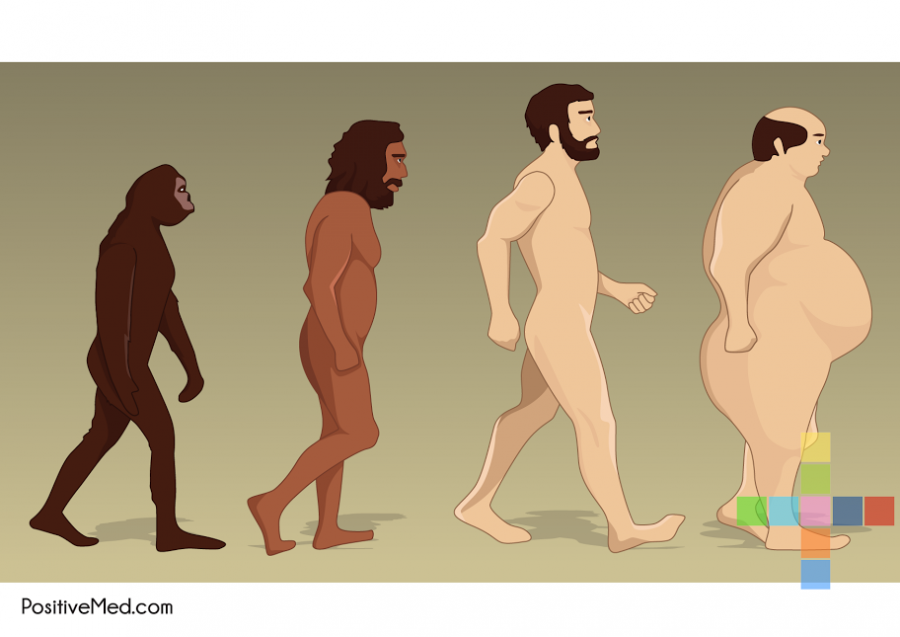4 Japanese Eating Habits That Can Solve Our Obesity
Obesity is a national epidemic in the United States, with about 30 percent of the population medically classified as obese. Researchers in the United States have studied the problem extensively to determine why obesity has become such a public health crisis, looking to other countries for clues.

One such country where obesity is rare is Japan. Obesity is practically unheard of in Japan, with only about 3.5% percent of the population suffering from the condition. Researchers have discovered key differences in the diet and eating habits between Americans and Japanese people that account for the dramatic differences in obesity rates in the two countries. These lifestyle differences contribute to the low obesity rate among the Japanese, as well as their longer lifespans when compared to Americans. In Japan, Japanese women live to age 86 on average and Japanese men live to age 79, compared to age 80 and 75 respectively for the average American woman and man.
1.The Japanese Eat Smaller Portions Than Americans
One reason for the low obesity rates among Japanese citizens is very obvious: portion sizes. The typical Japanese meal contains much smaller amounts than would be found in the standard American diet. The Japanese also snack less between meals than their American counterparts.
By contrast, the typical American diet is strikingly similar to that of Japanese sumo wrestlers, who typical skip breakfast and then consume two super-sized, calorie-laden meals during the day. Thus, cutting portion sizes is critical in helping Americans combat obesity.
RELATED ARTICLE: 7 FOODS TO BE AVOIDED IN WEIGHT LOSS DIET
2. The Japanese Eat Larger Quantities of Vegetables and Foods Low in Fat
The Japanese not only eat smaller portions but healthier, low-fat foods make up a larger percentage of the food they do consume. Japanese people typically eat large amounts of vegetables, seafood, brown rice and broth-like soups. The Japanese rarely eat red meat.
3. The Japanese Consume fewer Liquids During Meals
Japanese people typically don’t drink any liquids during meals. Instead, the foods Japanese consume, such as fruits, vegetables, and soups, are composed of a large percentage of liquid and help to meet the body’s needs without the need to drink liquids. Japanese people believe that drinking liquids during a meal interfere with digestion, cooling down the body and making it harder for the body to absorb essential nutrients. Researchers have found that the Japanese belief that liquid consumption interferes with digestion actually has a scientific basis. Some scientists have confirmed that water interferes with the stomach acid that is necessary for efficient digestion.
4. The Japanese are More Physically Active than Americans
The Japanese tend to be much more active during a typical day . Most Japanese rely on public transportation rather than automobiles, thus spending more time walking and biking to get around. But most Americans spend long hours commuting to and from work in automobiles and then sitting in a house at their desk, in addition to their large, super-caloric meals.
Many reputable new sources, such as the Atlantic and the International Business Times have noted the differences between Japanese and American lifestyles that account for the soaring rates of obesity in the United States. Further, detractors cannot argue that the health benefits the Japanese enjoy are due to genetics, as research has shown that Japanese people tend to gain weight at the same rates as Americans when they adopt American lifestyle and eating habits.
The Japanese value health and maintaining a healthy body weight, which encourages them to engage in healthy behaviors. In order to combat the growing obesity epidemics in the United States, Americans should conform their diet and eating habits more closely to that of the Japanese.






